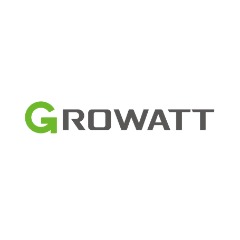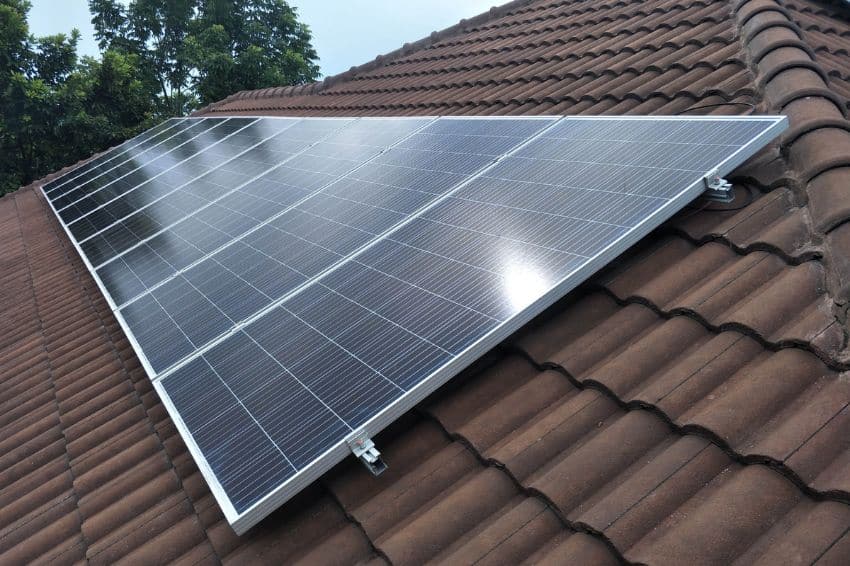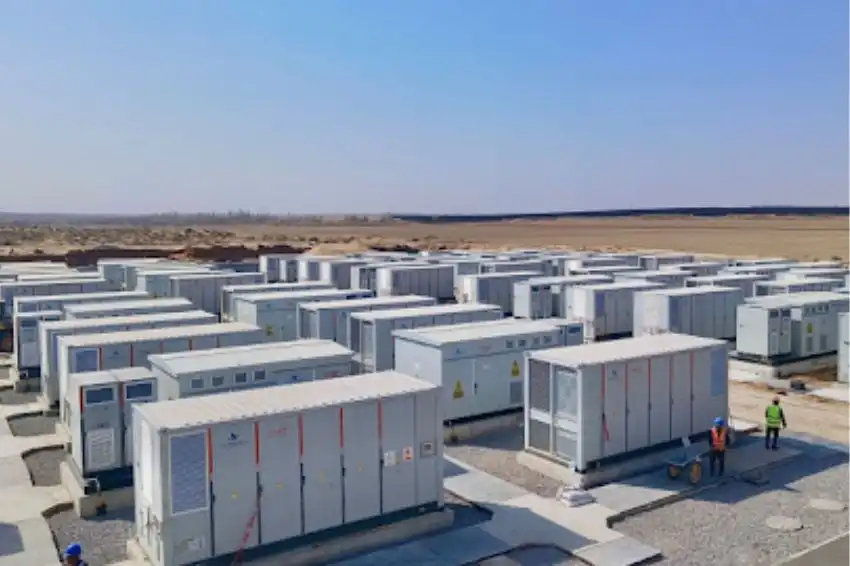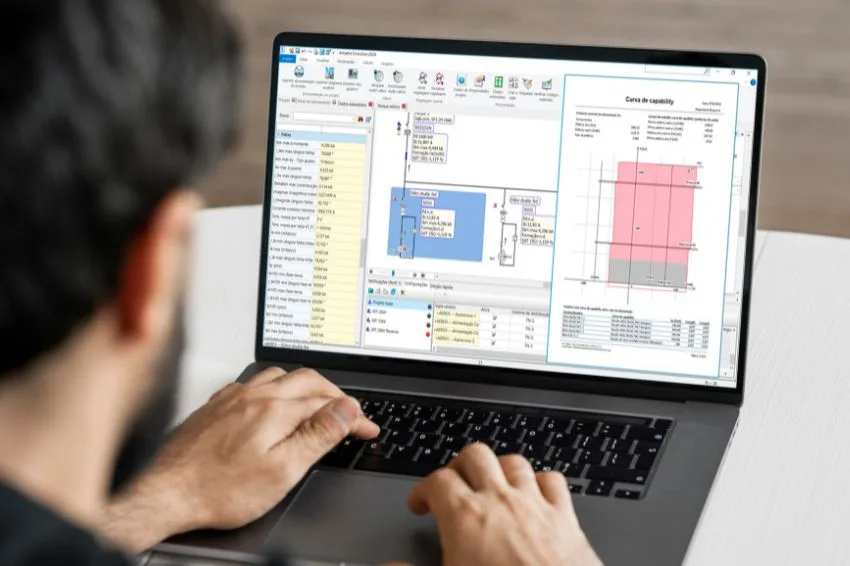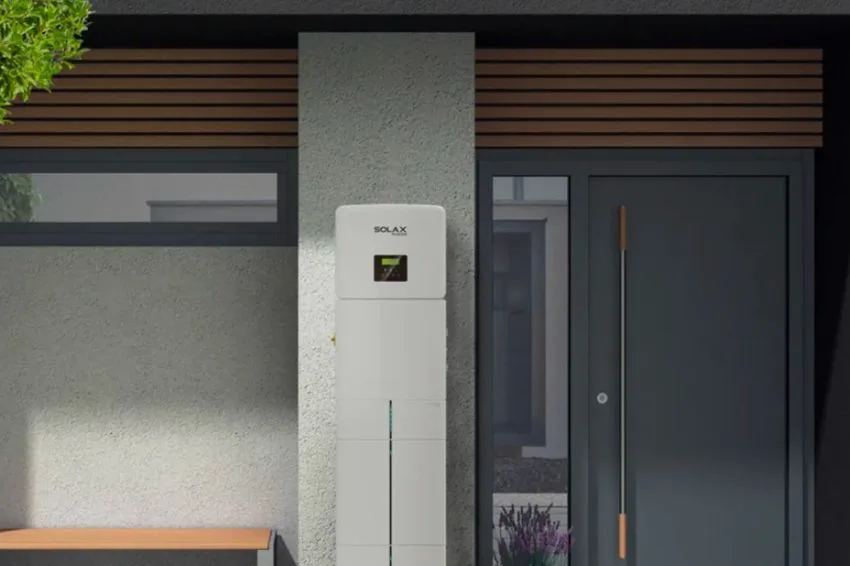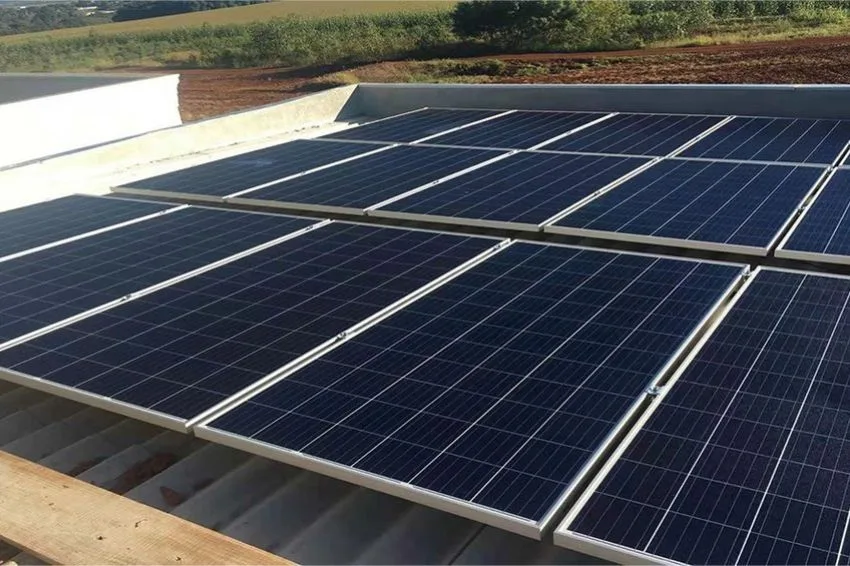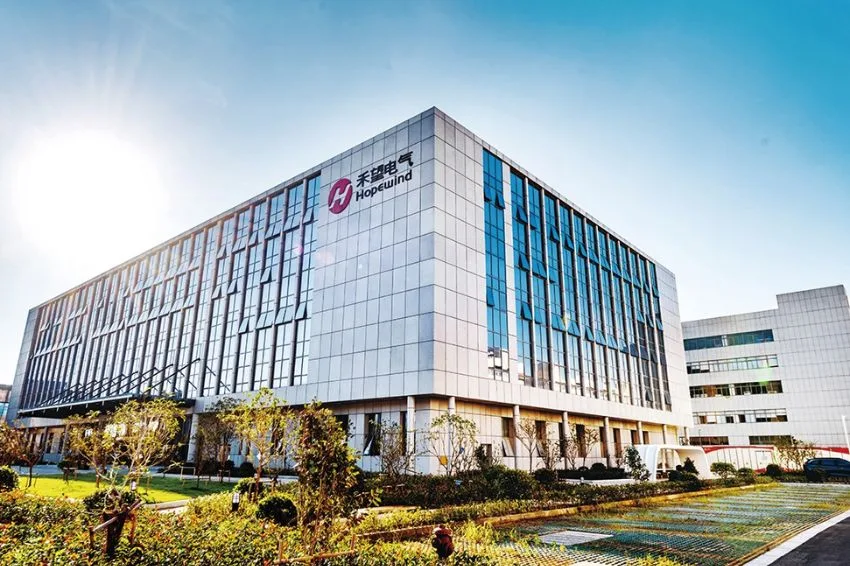The global expansion of solar energy and the increasing deployment of distributed photovoltaics have created significant demand for microinverters, especially in residential photovoltaic systems.
This growing demand can be attributed to specific application scenarios and unique security standards implemented in different regions.
Microinverters have emerged as a vital complement to string inverters, meeting the diverse applications and growing demands of distributed photovoltaic systems.
Application scenarios
Space limitations
Microinverters provide an ideal solution in scenarios where space is limited, such as smaller rooftops or installations with uneven conditions.
By distributing inverters at the panel level, microinverters enable efficient use of available space. Each solar panel operates independently, maximizing the utilization of the roof area.
This flexibility allows system designers and installers to optimize space even in installations with irregular configurations or obstructions.
Additionally, installing individual microinverters offers design optimization possibilities as each panel has its dedicated maximum power point tracking (MPPT), enabling optimal power production based on panel orientation and positioning.

Balcony solar systems
The popularity of balcony solar systems has increased recently due to their simplicity and ease of installation.
Microinverters perfectly align with the requirements of balcony solar systems. Their compact size, efficient performance and individual panel optimization make them ideal for smaller-scale installations.
The plug-and-play nature of balcony solar systems complements microinverter technology as they can be easily integrated without complex wiring or technical knowledge, allowing people without specialized knowledge to install them conveniently.

Partial Shading Mitigation
Microinverters play a crucial role in mitigating the adverse effects of partial shading in distributed photovoltaic systems. By operating independently for each solar panel, microinverters offer individual control and optimization.
When a panel experiences shading, the microinverter autonomously adjusts its output, maximizing power generation under the prevailing conditions.
This effective shading mitigation strategy ensures that overall energy production is minimally impacted, even in the presence of shading on a single panel.

Microinverter Safety
Because microinverters convert DC power to AC power at the panel level, they operate at a lower DC voltage (approximately 60V).
This significantly reduces the risk of fire arising from high voltage direct current arcing,
Consequently, the need for DC arc detection becomes unnecessary in microinverter systems due to the absence of high DC voltage. This makes the microinverter a good choice for some special regions where they have unique safety standards like the USA.

Growatt Microinverter
Growatt, a world leader in providing distributed energy solutions and a specialist in renewable energy, will soon launch its NEO series microinverter in the LATAM market.
The NEO series offers a range of power bands, including 1200W, 1600W and 2000W, and supports two communication methods: RF and WiFi. Microinverters with integrated RF modules can be connected to ShineWeLink for remote monitoring.
Among the initial products is the NEO 2000M-X, which features 4 independent MPPTs for optimal panel performance, encrypted Lora communication, and compatibility with 600W+ solar modules.
With a very low starting voltage of 20 V, the solar system can start operation earlier and sustain operation for longer.

The opinions and information expressed are the sole responsibility of the author and do not necessarily represent the official position of Canal Solar.

